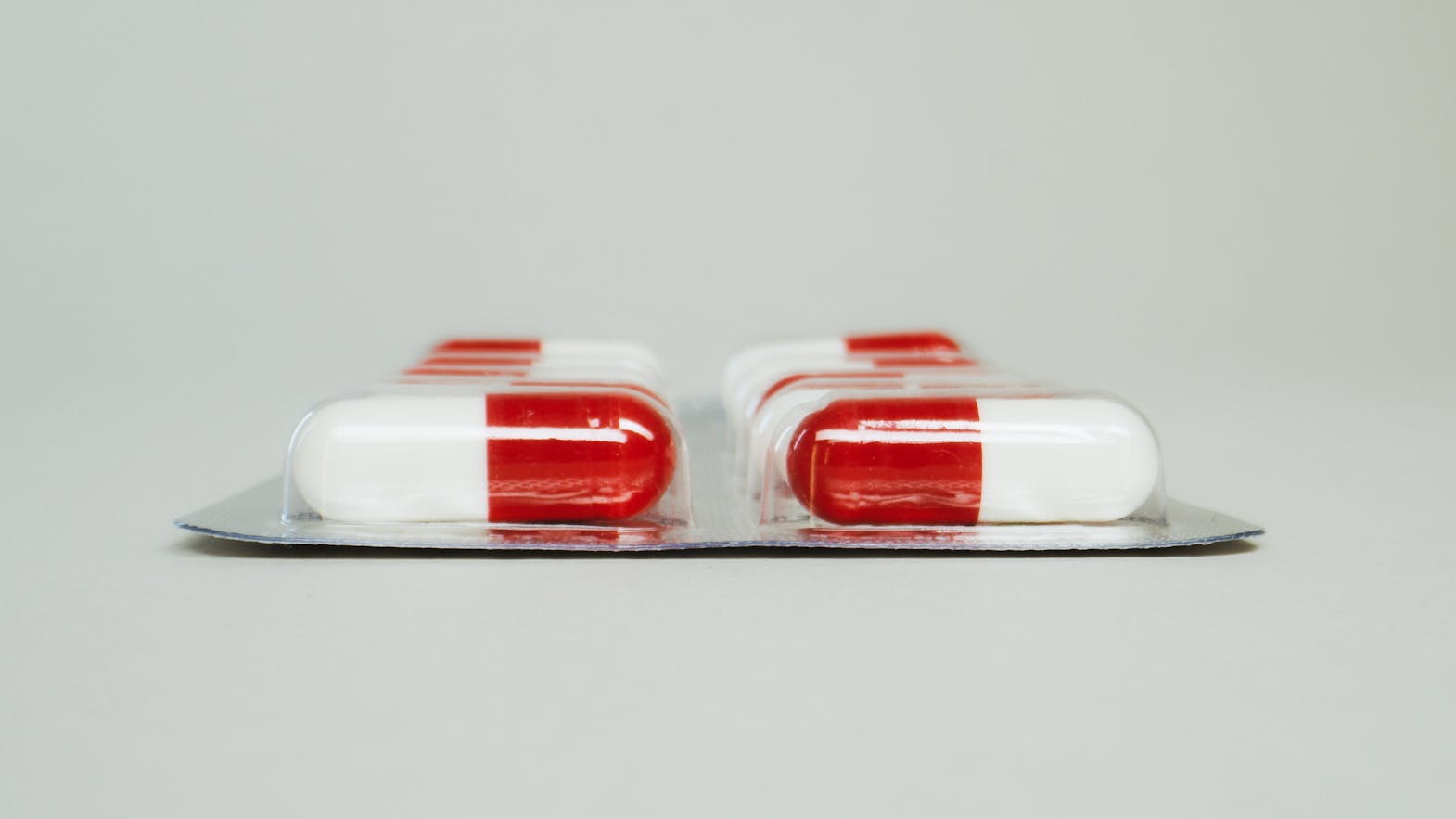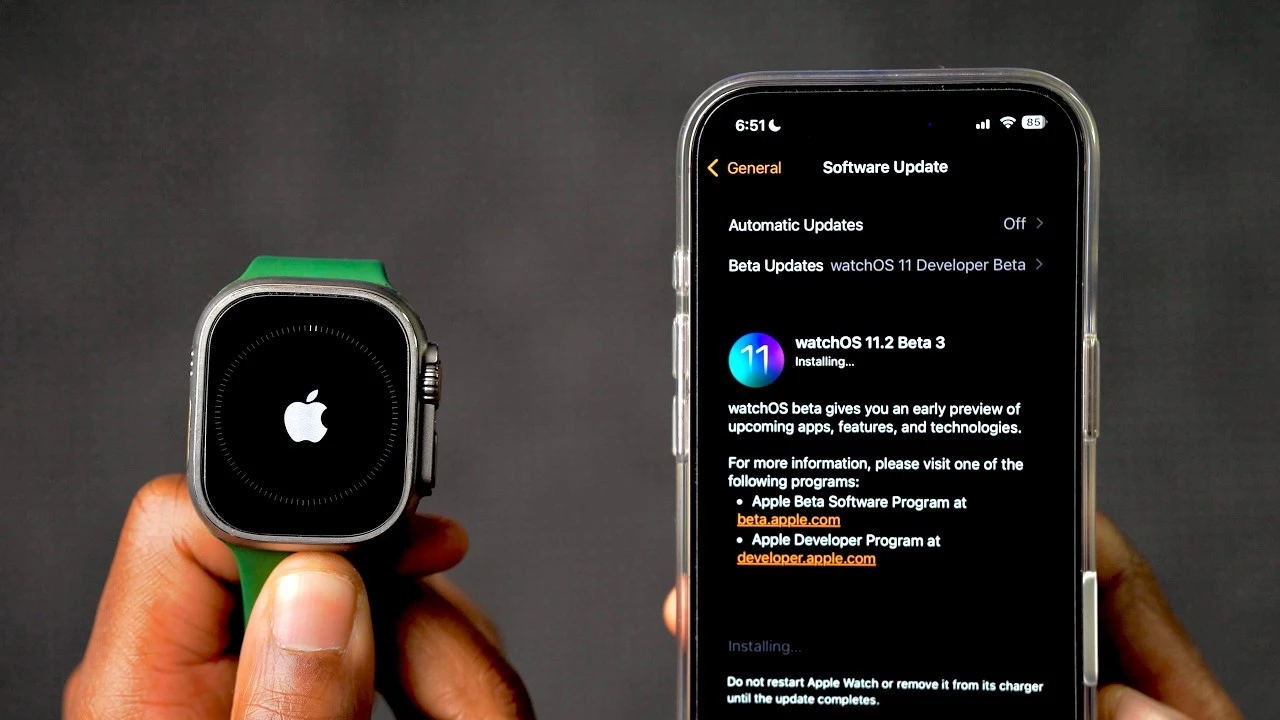
MIT and Novo Nordisk researchers have developed a capsule that lets patients receive medications without injections. MIT News says it can deliver insulin, antibodies and vaccines. Also, it can become a more sustainable alternative because it won’t require disposable needles.
READ: Vibrating pill tricks you into feeling full Of course, it’s also a relief for those who feel nervous around needles. Soon, your next shot might be a smooth, prick-free experience! MIT engineers designed an ingestible capsule that vibrates within the stomach, creating an illusory sense of fullness and reducing appetite. The pill could offer a minimally invasive, cost-effective way to treat obesity.
https://t.co/HA17LAXuVe pic.twitter.
com/ZOy0DKGJXB Giovanni Traverso, director of the Laboratory for Translational Engineering at MIT, explained how he and his team created the capsule. They took inspiration from cephalopods like squids and octopuses. They fill their mantle cavities with water and expel it rapidly to propel themselves.
The researchers found two ways to mimic this method – compressed carbon dioxide or tightly coiled springs. A carbohydrate trigger keeps the gas or spring in a compressed state. Then, it dissolves once it enters the stomach’s acidic and humid environment.
The gas or spring expands, propelling a jet of drugs out of the capsule once the trigger disintegrates. The researchers also designed different versions for specific parts of the digestive tract. The first had a flat bottom and a high dome, allowing it to sit on the stomach lining.
On the other hand, the second has a tube-like structure that lets it align itself within the esophagus or small intestine. The first can carry 80 microliters of medication, and the second can hold 200 microliters. Moreover, they can pass through and exit the digestive tract.
“This technology is a significant leap forward in oral drug delivery of macromolecule drugs like insulin and GLP-1 agonists,” said Omid Veiseh, a professor of bioengineering at Rice University. “While many approaches for oral drug delivery have been attempted in the past, they tend to be poorly efficient in achieving high bioavailability.” “This is an exciting approach which could be impactful for many biologics which are currently administered through injections or intravascular infusions.
” Subscribe to our daily newsletter By providing an email address. I agree to the Terms of Use and acknowledge that I have read the Privacy Policy . The researchers are planning to improve the capsules so that they can test them on humans.
.














